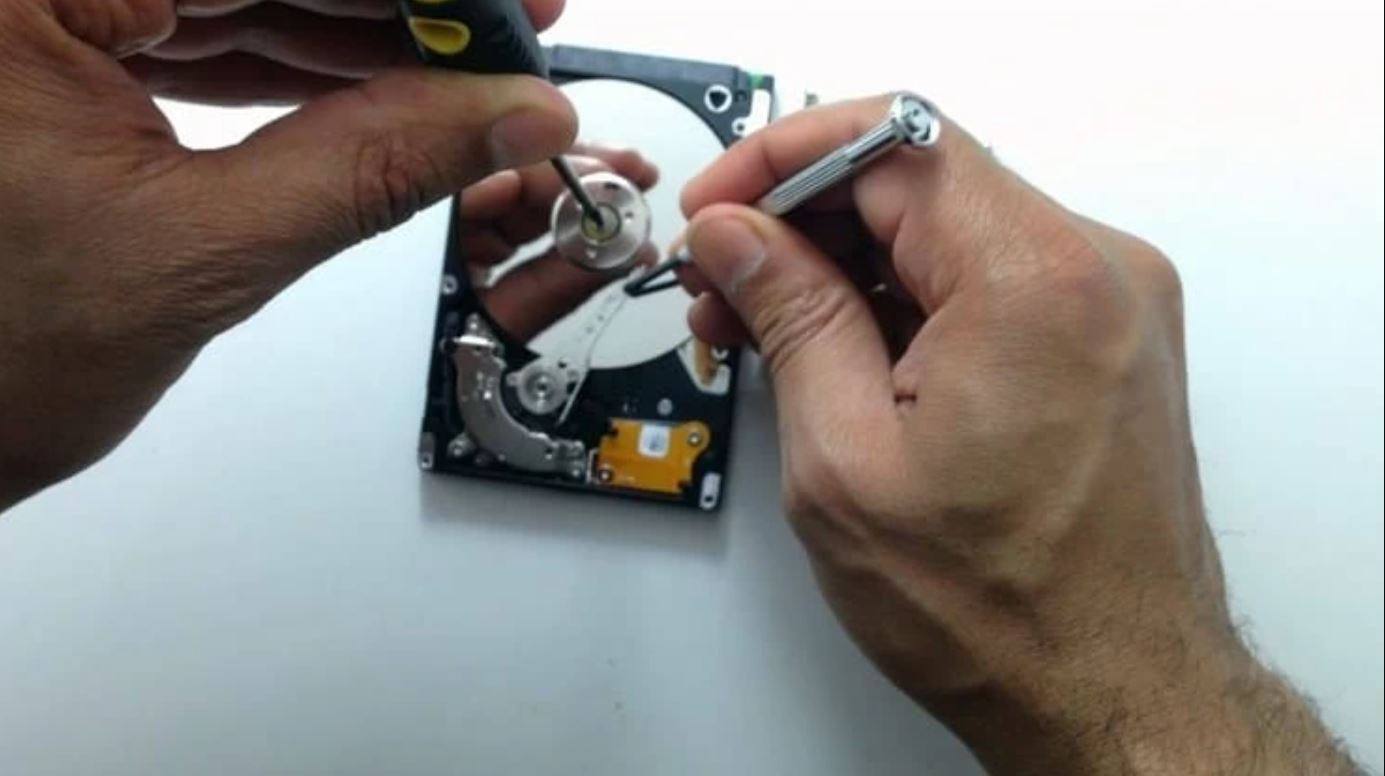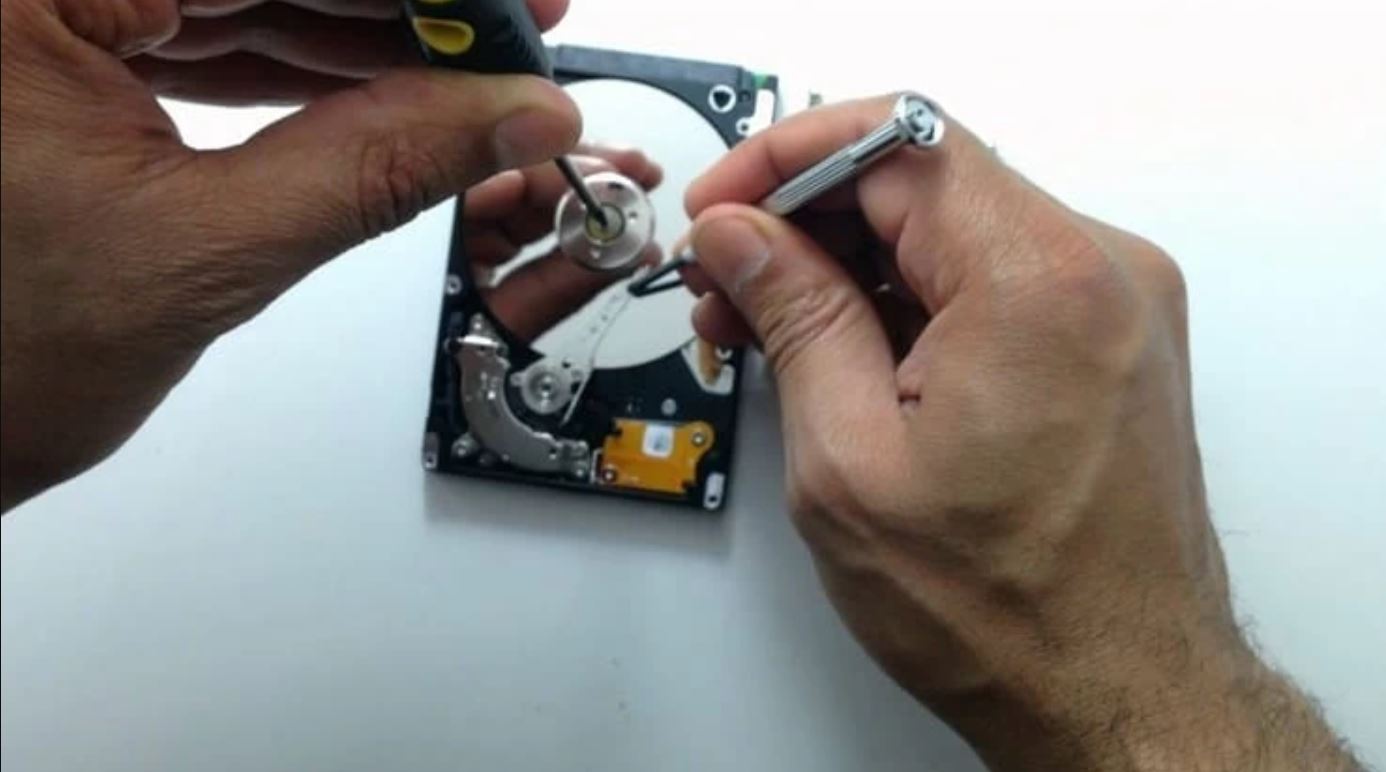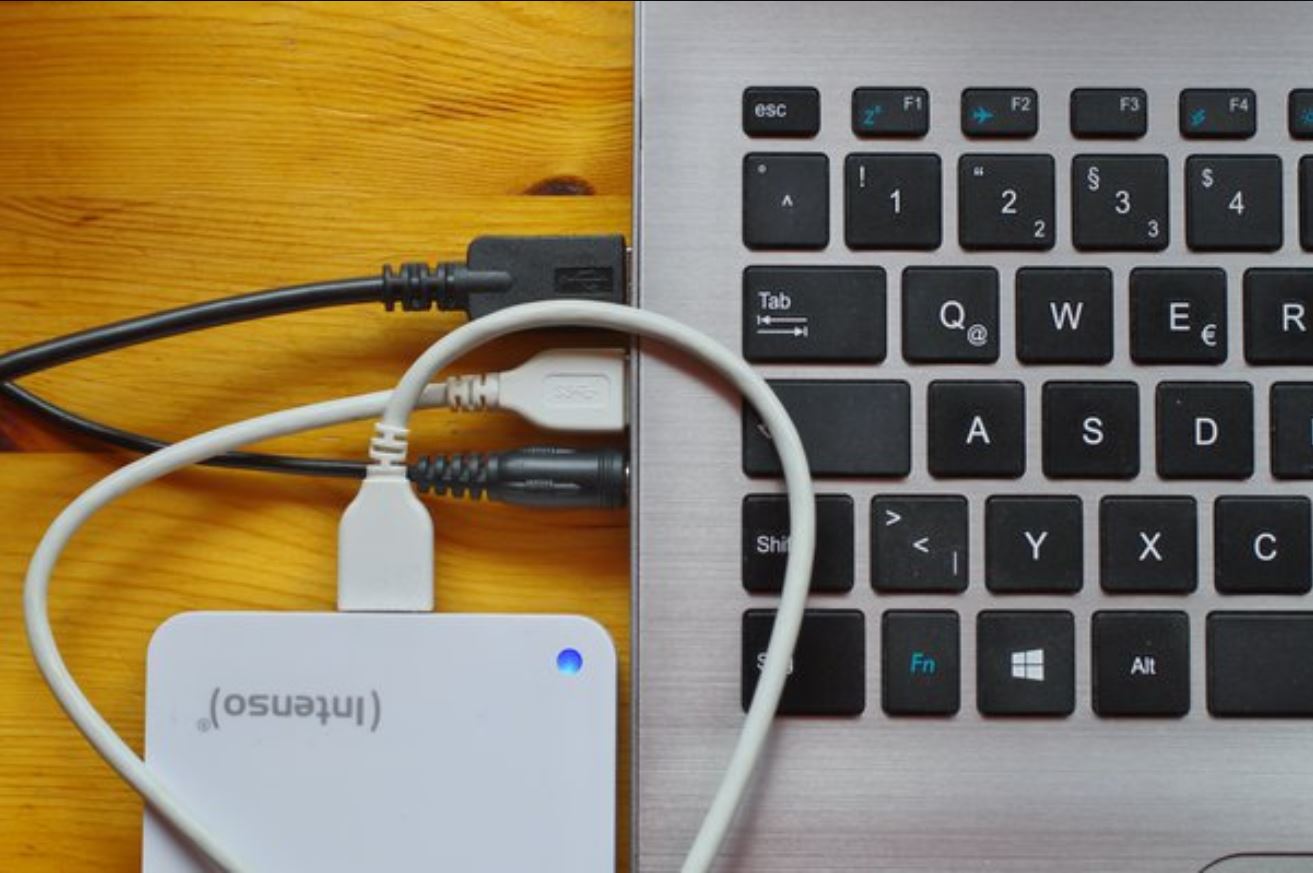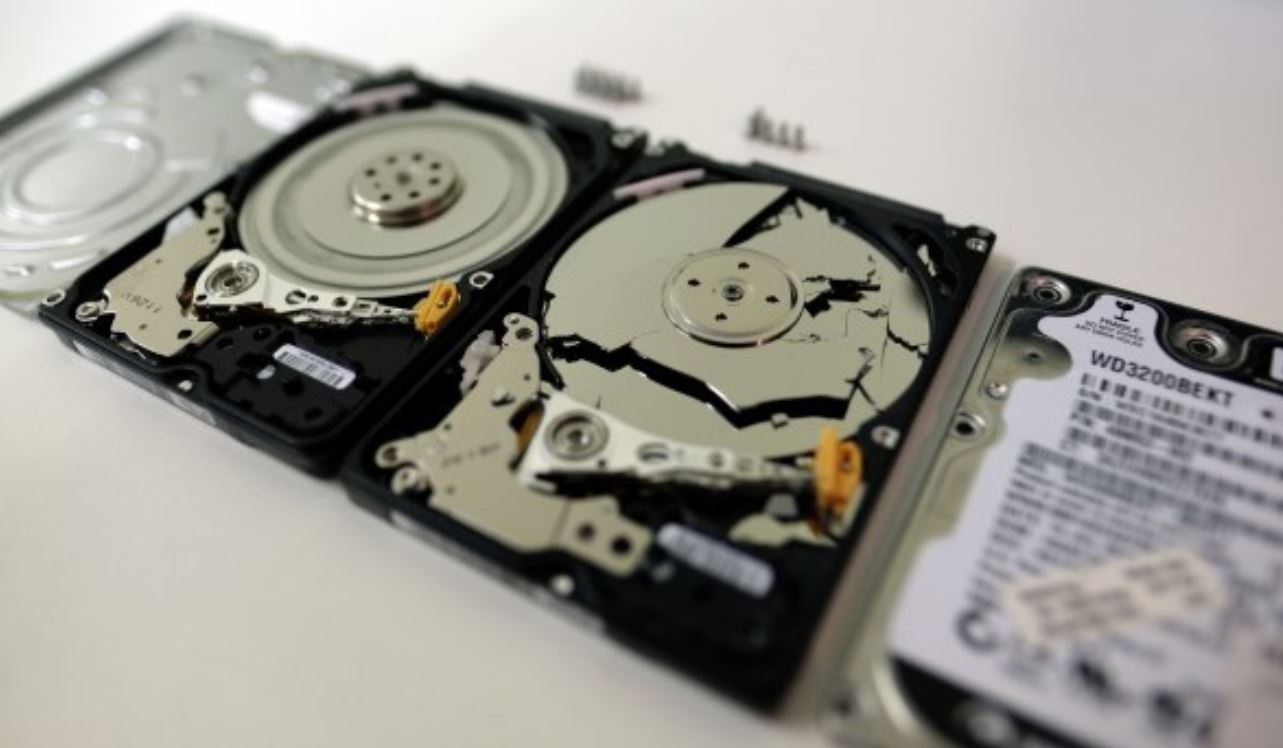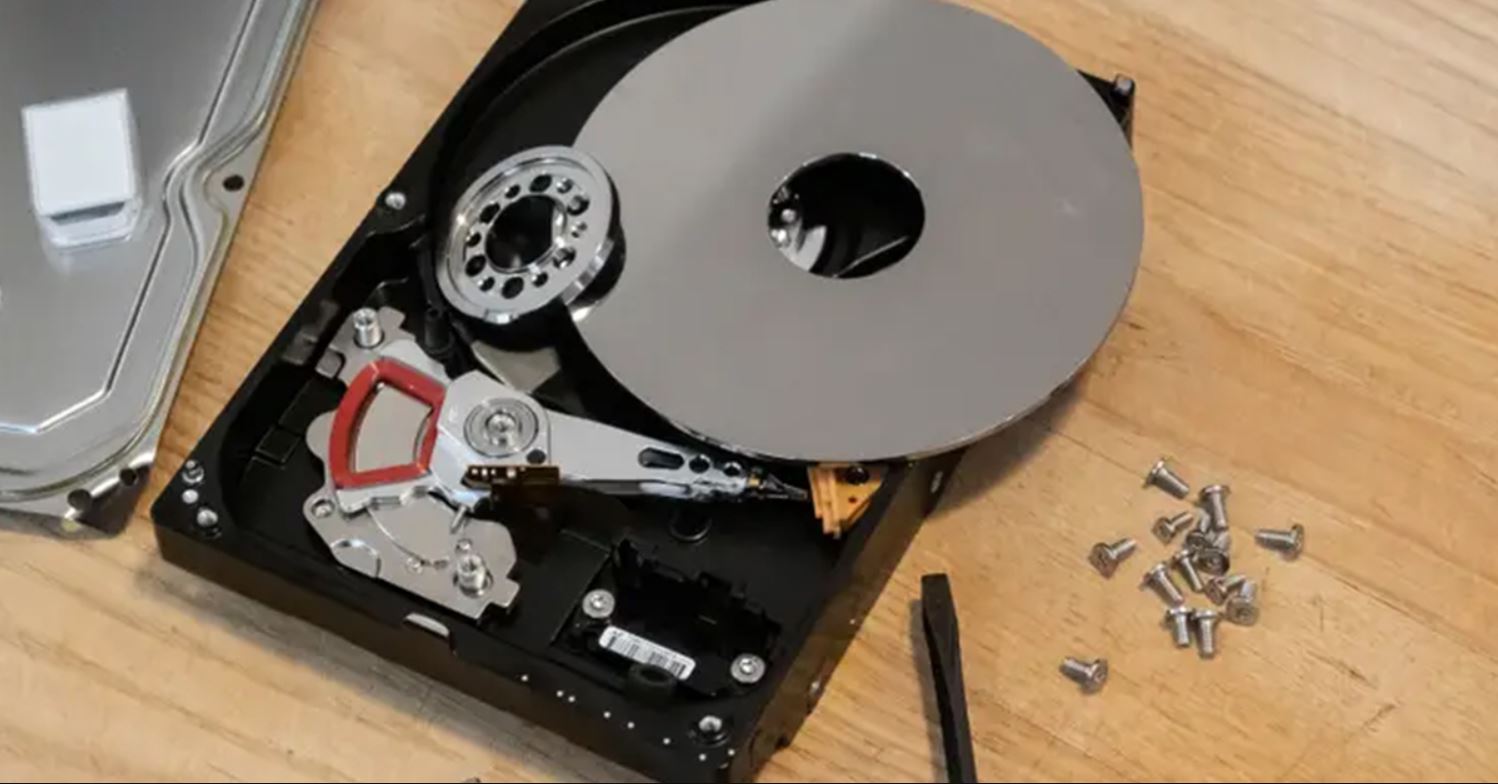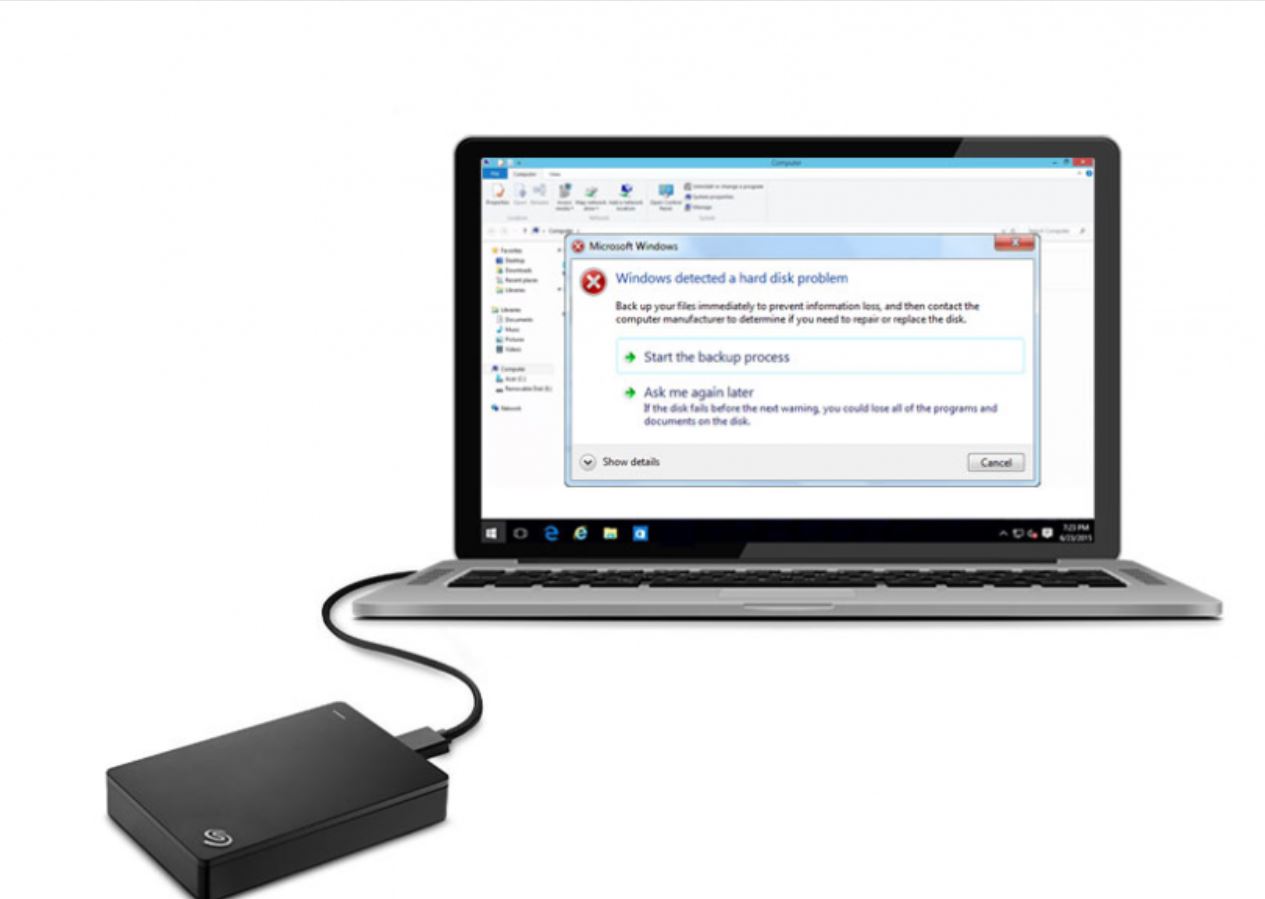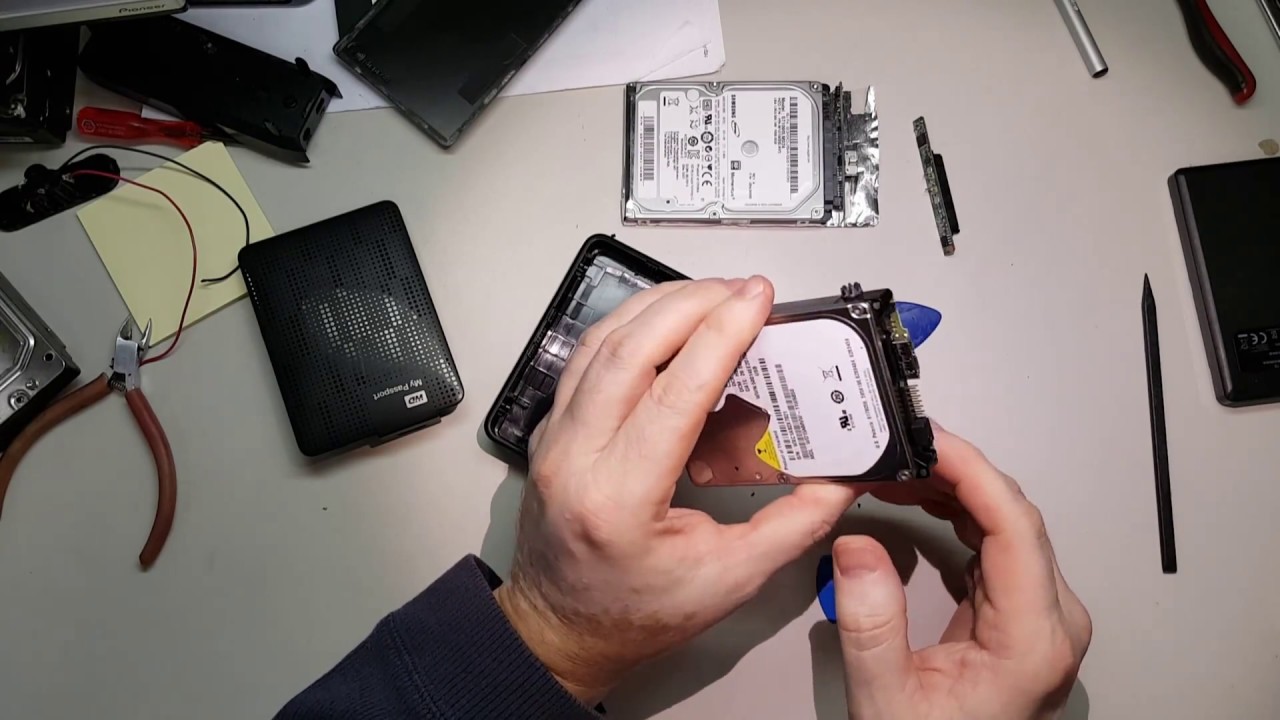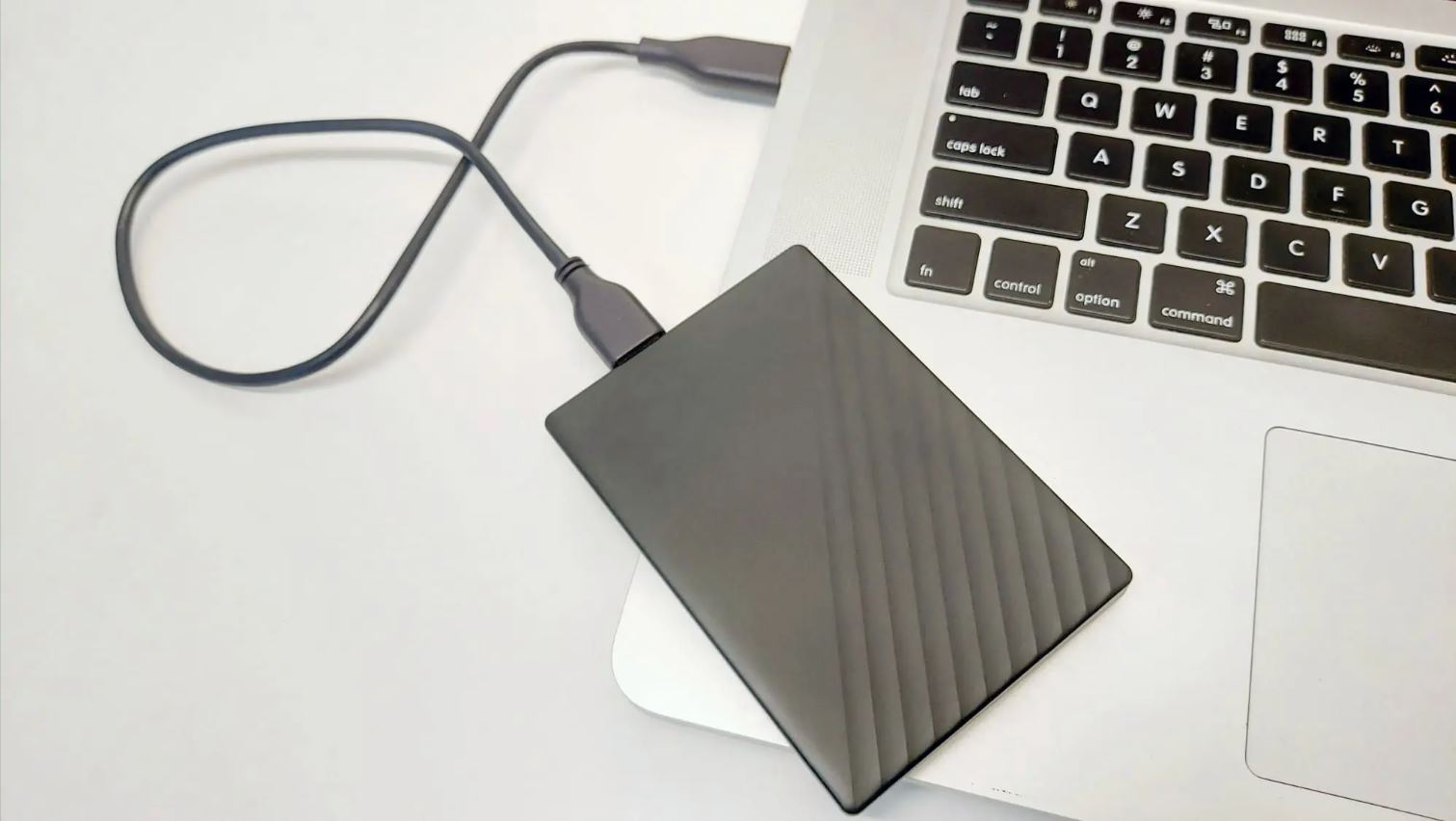#
Introduction
Discovering that your external hard drive has been damaged can be a stressful experience, especially if it contained important files and documents. Whether it was dropped, exposed to water, or experienced any other form of physical damage, the thought of losing valuable data can be overwhelming.
However, the good news is that there are ways to save your data from a broken external hard drive. In this article, we will explore various methods to recover your data and discuss the steps you can take to retrieve your files.
It is important to note that while these methods can help recover data in many cases, they may not work for all situations. If the damage is severe or if you are unsure of how to proceed, it is always recommended to seek professional help.
So, let’s dive into the different ways you can save your data from a broken external hard drive and increase your chances of recovering all your valuable information.
#
Assess the Damage
Before attempting to recover data from a broken external hard drive, it is essential to assess the extent of the damage. This step is crucial as it provides valuable insights into the potential recovery methods and helps you determine if it is a task you can handle on your own or if you need professional assistance.
Start by examining the physical condition of the external hard drive. Look for any signs of physical damage, such as cracks, dents, or exposed wiring. If there are any visible signs of damage, it is advisable not to attempt any DIY data recovery methods, as further attempts could potentially cause more harm and make the data unrecoverable.
If the external hard drive appears undamaged externally, it is still important to check if it is recognized by the computer. Connect the drive to your computer and check if it is detected. If it is not recognized, try connecting it to another computer or using a different USB cable to rule out any connection issues.
If the drive is detected but inaccessible, it is likely that the file system or partition is corrupted. In such cases, data recovery software or professional services may be required to retrieve the files.
Remember to back up your data before attempting any DIY recovery methods, as there is always a risk of further data loss or damage during the recovery process. Consider creating a clone or disk image of the broken external hard drive to work on, keeping the original drive untouched.
Assessing the damage and understanding the nature of the issue is crucial in determining the next steps you should take to recover your data. Remember, if you are unsure or uncomfortable with the process, it is best to consult a professional data recovery service to avoid any potential risks.
#
Recover Data Using External Hard Drive Docking Station
If your external hard drive is physically intact and simply not being recognized by your computer, using an external hard drive docking station can be a viable option to recover your data.
An external hard drive docking station allows you to connect your broken external hard drive directly to your computer via a different interface, bypassing any potential connection issues with the USB cable or port.
Here are the steps to recover data using an external hard drive docking station:
- Ensure that your computer and the external hard drive docking station are powered off.
- Connect the broken external hard drive to the docking station carefully, making sure to align the connectors properly.
- Connect the docking station to your computer using the provided cable or interface.
- Power on your computer and the docking station.
- Once your computer has booted up, check if the broken external hard drive is now recognized and accessible.
- If the drive is recognized, navigate to the drive and copy the important files onto your computer’s internal storage or another external storage device.
If the drive is still not recognized or accessible, it might indicate a more significant issue with the drive. In such cases, it is recommended to seek the help of professional data recovery services to retrieve your valuable data.
It is worth noting that external hard drive docking stations may not always guarantee successful data recovery. They are most effective when the issue lies with the USB connection or cable. If the problem is with the internal components of the external hard drive, further assistance may be required.
Remember to handle the broken external hard drive with care during the recovery process and avoid any actions that could cause further damage. If the data is critical and irreplaceable, professional data recovery services are often the best option to ensure the highest chance of successful data retrieval.
#
Recover Data Using Data Recovery Software
If your external hard drive is physically intact but not accessible due to file system corruption or other software-related issues, using data recovery software can be a cost-effective and efficient method to retrieve your data.
Data recovery software is designed to scan your external hard drive, locate lost or deleted files, and allow you to recover them. Here are the steps to recover data using data recovery software:
- Research and choose a reliable data recovery software. There are various options available in the market, both free and paid. Ensure that the software supports the file system of your external hard drive.
- Download and install the selected data recovery software on your computer, but not on the same external hard drive from which you want to recover data.
- Connect your broken external hard drive to your computer, using a working USB cable or an external hard drive docking station.
- Open the data recovery software and select the external hard drive as the target for scanning.
- Choose the scanning mode based on the extent of the data loss, such as quick scan or deep scan.
- Initiate the scanning process and wait for the software to analyze the external hard drive and locate recoverable files.
- Once the scanning is complete, preview the recovered files and select the ones you want to recover.
- Choose a safe location on your computer or another external storage device to save the recovered files. Avoid saving them back to the same external hard drive to prevent overwrite issues.
- Confirm the recovery process, and the software will copy the selected files to the designated location.
It is important to note that data recovery software may not be able to recover all files, especially if they have been overwritten or severely corrupted. Additionally, the effectiveness of data recovery software depends on various factors, such as the extent of the damage and the file system used.
If the data recovery software is unable to retrieve your files or if the situation is more complex, it is recommended to consult professional data recovery services to increase the chances of successful data retrieval.
#
Recover Data Using Professional Data Recovery Services
If your external hard drive is physically damaged, making it inaccessible through basic DIY methods, or if your previous recovery attempts have been unsuccessful, it may be time to consider seeking professional data recovery services.
Professional data recovery services are specialized companies that possess the necessary expertise, tools, and facilities to recover data from various types of storage devices, including external hard drives. These services employ advanced techniques and equipment to handle complex data loss scenarios.
Here are the steps involved in recovering data using professional data recovery services:
- Research and identify reputable data recovery service providers. Look for professionals who have extensive experience in recovering data from external hard drives and positive customer reviews to ensure their reliability.
- Contact the chosen data recovery service provider and provide them with detailed information about the issue you are facing with your external hard drive. They may ask questions regarding the type of damage, symptoms, and any previous recovery attempts.
- Follow the instructions provided by the data recovery service provider regarding packaging and shipping your external hard drive securely. Ensure that you handle the device with care and protect it against any potential further damage during transit.
- Send the package to the data recovery service provider using a reliable and traceable shipping method.
- Once the data recovery service provider receives your external hard drive, their team of experts will perform a comprehensive analysis of the device to determine the extent of the damage and the chances of successful data recovery.
- If the recovery is deemed possible, the experts will employ specialized techniques to retrieve your data. This may include repairing any physical components, bypassing damaged areas, or utilizing advanced software tools.
- After the data has been successfully recovered, the service provider will provide you with a list of retrieved files, allowing you to confirm the data integrity and prioritize the important files.
- Once you are satisfied with the recovery results, the service provider will transfer the recovered data to a secure storage medium, such as a new external hard drive or a cloud-based storage solution.
- Finally, the recovered data will be returned to you, typically through a secure method, so that you can regain access to your valuable files.
It is important to note that professional data recovery services can be relatively expensive compared to DIY methods or data recovery software. However, they offer a higher chance of successful data retrieval, especially in complex cases where a significant amount of valuable data is at stake.
Consider professional data recovery services when DIY methods have failed, and the data on your broken external hard drive holds critical importance.
#
Conclusion
Discovering a broken external hard drive can be a distressing experience, especially if it contains important data. However, there are various methods to recover data from a broken external hard drive, depending on the nature and extent of the damage.
Assessing the damage is the first crucial step before attempting any recovery method. Evaluate the physical condition of the external hard drive and check its recognition on your computer. If unsure or uncomfortable, it is advisable to seek professional data recovery services.
Using an external hard drive docking station can be effective if the drive is physically intact but not being recognized due to connection issues. By connecting the drive directly to your computer, you may increase your chances of accessing the data.
Data recovery software is a cost-effective option for recovering data from a broken external hard drive with file system corruption or software-related issues. Choose reliable software, scan the drive, and recover the files to a safe location.
If DIY methods are unsuccessful or the external hard drive has severe physical damage, professional data recovery services should be considered. These experts have the necessary tools, expertise, and facilities to handle complex data loss scenarios and increase the likelihood of successful data retrieval.
Remember to always back up your important data regularly to prevent data loss in the event of external hard drive failure. Additionally, handle the broken external hard drive with care and avoid any further damage while attempting recovery methods.
In conclusion, with the right approach and appropriate methods, it is often possible to recover data from a broken external hard drive. However, in critical situations or if unsure about the recovery process, it is recommended to consult professional help to minimize the risk of data loss and maximize the chances of successful recovery.







